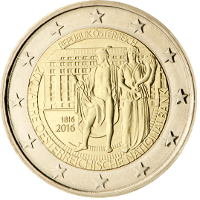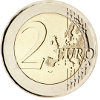 |
C o m m e m o r a t i v e C o i n s |
||
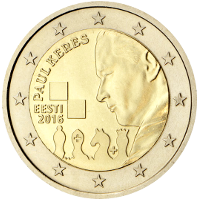 🔎
🔎 |
 |
Estonia | 07 Jan. 2016 | 100th birthday of chess grandmaster Paul Keres |
20001 20002 20005 |
500,000 |  |
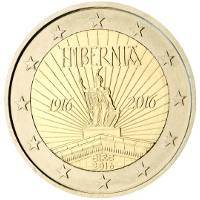 🔎
🔎 |
 |
Ireland | 20 Jan. 2016 | 100th anniversary of the 1916 Easter Rising in Ireland |
20001 20002 20005 |
4,500,000 |  |
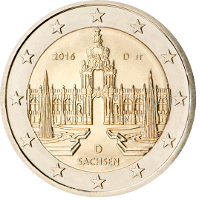 🔎
🔎 |
 |
Germany | 05 Feb. 2016 | Saxony (Zwinger Palace in Dresden) 11th coin in the Federal States series |
20001 20002 20005 |
30,677,600 |  |
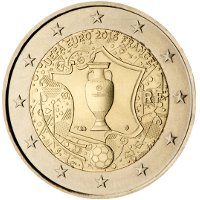 🔎
🔎 |
 |
France | 05 Feb. 2016 | 2016 UEFA European Football Championship |
20001 20002 20005 |
10,020,500 |  |
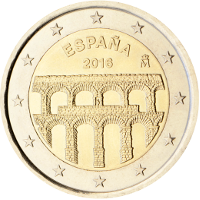 🔎
🔎 |
 |
Spain | 05 Feb. 2016 | Old town of Segovia and its aqueduct 7th coin in the UNESCO World Heritage Sites series |
20001 20002 20005 |
3,400,000 |  |
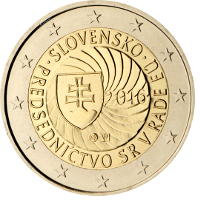 🔎
🔎 |
 |
Slovakia | 07 Mar. 2016 | Celebrating the Slovak Presidency of the Council of the European Union |
20001 20002 20005 |
1,000,000 |  |
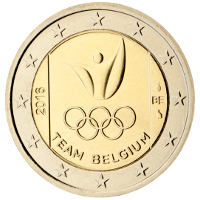 🔎
🔎 |
 |
Belgium | 24 Mar. 2016 | Olympic Summer Games 2016 - Team Belgium |
20001 20002 20005 |
375,000 |  |
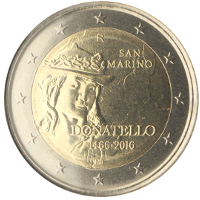 🔎
🔎 |
 |
San Marino | 05 Apl. 2016 | 550 years since the death of Donatello |
20001 20002 20005 |
87,400 |  |
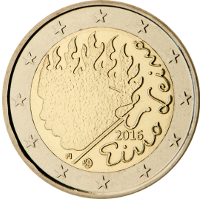 🔎
🔎 |
 |
Finland | 25 Apl. 2016 | 90th anniversary of the death of Eino Leino |
20001 20002 20005 |
1,000,000 |  |
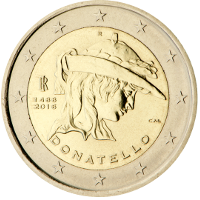 🔎
🔎 |
 |
Italy | 29 Apl. 2016 | 550 years since the death of Donatello |
20001 20002 20005 |
1,500,000 |  |
 🔎
🔎 |
 |
Lithuania | 03 May 2016 | Baltic Culture |
20001 20002 20005 |
1,000,000 |  |
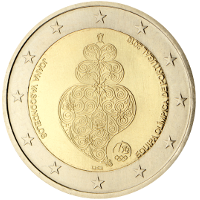 🔎
🔎 |
 |
Portugal | 03 May 2016 | Portuguese athletes participation in the Rio 2016 Summer Olympics |
20001 20002 20005 |
530,000 |  |
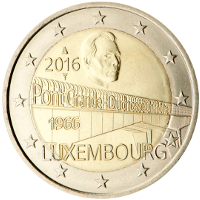 🔎
🔎 |
 |
Luxembourg | 06 May 2016 | The 50th anniversary of the "Grand Duchess Charlotte Bridge" 16th coin of the Grand-Ducal Dynasty series |
20001 20002 20005 |
517,500 |  |
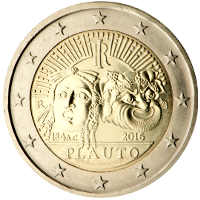 🔎
🔎 |
 |
Italy | 16 May 2016 | 2200th anniversary of the death of Titus Maccius Plautus |
20001 20002 20005 |
1,500,000 |  |
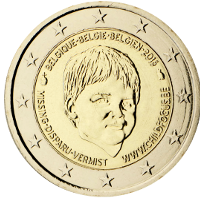 🔎
🔎 |
 |
Belgium | 25 May 2016 | International Missing Children's Day |
20001 20002 20005 |
1,020,000 |  |
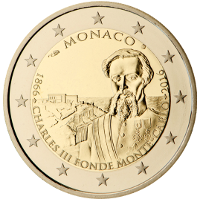 🔎
🔎 |
 |
Monaco | 01 Jun. 2016 | 150th anniversary of the founding of Monte-Carlo by Charles III. |
20001 20002 20005 |
15,000 |  |
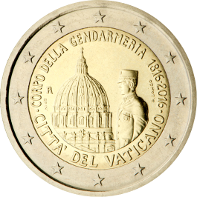 🔎
🔎 |
 |
Vatican City | 02 Jun. 2016 | 200th anniversary of the Gendarmerie Corps of Vatican City State |
20001 20002 20005 |
98,000 |  |
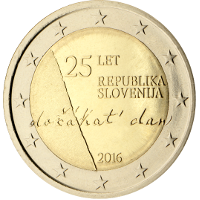 🔎
🔎 |
 |
Slovenia | 20 Jun. 2016 | 25th anniversary of independence of the Republic of Slovenia |
20001 20002 20005 |
1,000,000 |  |
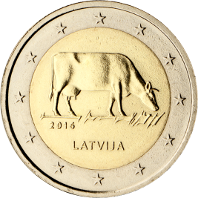 🔎
🔎 |
 |
Latvia | 19 Jul. 2016 | Latvian agriculture industry |
20001 20002 20005 |
1,010,000 |  |
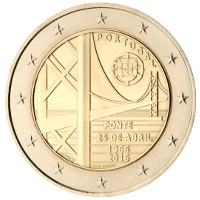 🔎
🔎 |
 |
Portugal | 19 Jul. 2016 | 50 years of the first bridge uniting the two riverbanks of the Teja River |
20001 20002 20005 |
520,000 |  |
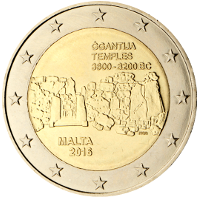 🔎
🔎 |
 |
Malta | 22 Aug. 2016 | Ġgantija Temples 1st coin of the Maltese Prehistoric Sites series |
20001 20002 20005 |
410,000 |  |
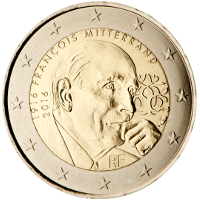 🔎
🔎 |
 |
France | 12 Sep. 2016 | François Mitterand |
20001 20002 20005 |
10,020,000 |  |
 🔎
🔎 |
 |
San Marino | 22 Sep. 2016 | 400th anniversary of the death of William Shakespeare |
20001 20002 20005 |
82,400 |  |
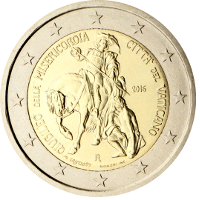 🔎
🔎 |
 |
Vatican City | 13 Oct. 2016 | Jubilee of Mercy |
20001 20002 20005 |
98,000 |  |
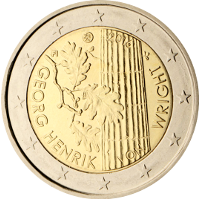 🔎
🔎 |
 |
Finland | 17 Oct. 2016 | 100th birthday of philosopher Georg Henrik von Wright |
20001 20002 20005 |
1,000,000 |  |
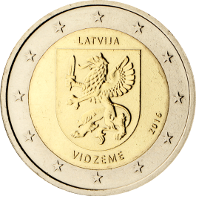 🔎
🔎 |
 |
Latvia | 15 Nov. 2016 | Vidzeme (Livland) 1st coin of the Historical Regions series |
20001 20002 20005 |
1,010,000 |  |
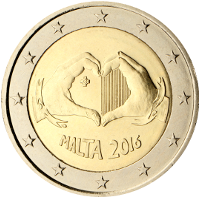 🔎
🔎 |
 |
Malta | 05 Dec. 2016 | Solidarity through Love 1st coin of the from children in solidarity series |
20001 20002 20005 |
380,000 |  |
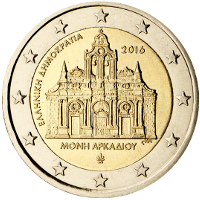 🔎
🔎 |
 |
Greece | 16 Dec. 2016 | 150 years from the Arkadi Monastery Torching |
20001 20002 20005 |
750,000 |  |
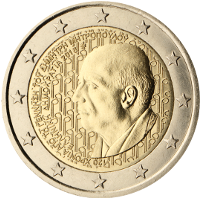 🔎
🔎 |
 |
Greece | 16 Dec. 2016 | 120th birthday of Dimitri Mitropoulos |
20001 20002 20005 |
750,000 |  |
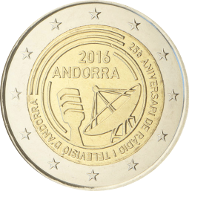 🔎
🔎 |
 |
Andorra | 01 Jun. 2017 | 25th anniversary of Andorran Radio and Television |
20001 20002 20005 |
85,000 |  |
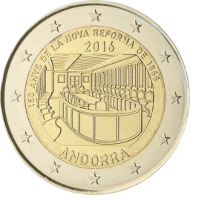 🔎
🔎 |
 |
Andorra | 01 Jun. 2017 | 150th anniversary of the New Reform 1866 |
20001 20002 20005 |
85,000 |  |
| ⇓ 2017 ⇓ |
| References : | |||
| 20001 | Images taken with authorisation by the ECB ‐ Mail dated 20.Feb.2020 © "European Central Bank" |
20002 | Data mirrored from Wikipedia Page "2_euro_commemorative_coins" with friendly support of the guardians of that page. |
| 20003 | Not Applicable | 20004 | Coloured version of this Commemorative Coin in circulation EU‐legal‐technical specifications do not recongnise colour prints, but the EU is tolerate them, due to the facts that their numbers are very small and that they are sold in special packs and therefor are very unlikely to be used as currency. |
| 20005 | enlarged Images taken with authorisation by Gerd Seyffert © "Gerd Seyffert 2021" |
20006 | Not Applicable |
 |
